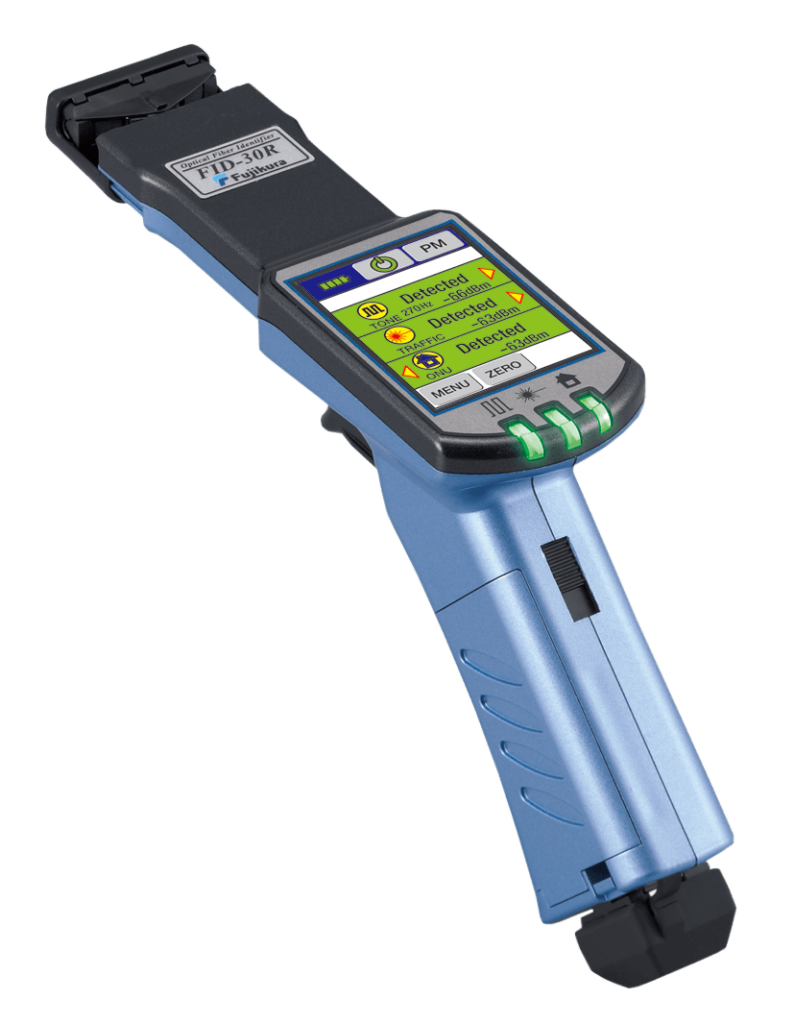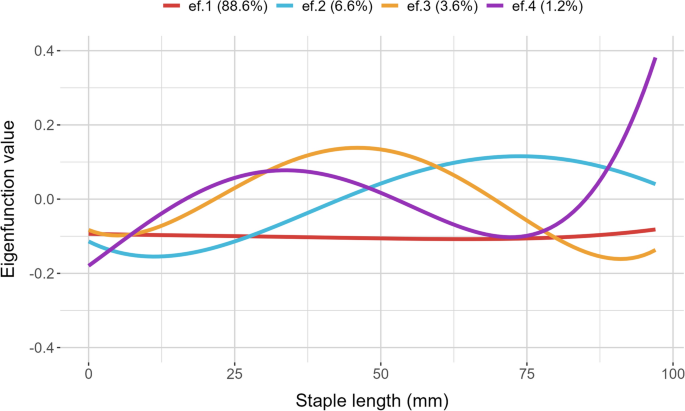Streamlining Measurements with a High-Accuracy Optical Fibre Diameter Analyser
Streamlining Measurements with a High-Accuracy Optical Fibre Diameter Analyser
Blog Article
Optimize Your Fiber Optic Efficiency: Recognizing Optical Fibre Diameter Analyser Technology
The performance of fiber optic systems is critically influenced by the precision of their diameter, a factor commonly neglected in the quest of optimum signal stability. Comprehending the technology behind optical fiber size analysers exposes the complex balance in between dimension accuracy and production top quality.
Relevance of Optical Fiber Diameter
The size of optical fibre plays an essential function in establishing the performance and effectiveness of communication systems. It affects a number of crucial parameters, consisting of the setting of light proliferation, attenuation, and data transfer ability. Bigger diameters normally enable several light modes, helping with greater information transmission prices. Alternatively, smaller diameters often tend to support fewer modes, which can enhance signal clarity and lower crosstalk.

In addition, recognizing the size's ramifications can cause set you back financial savings by lowering the requirement for signal boosting and repeaters in comprehensive networks (optical fibre diameter analyser). To conclude, the importance of optical fibre diameter can not be overstated, as it directly affects the general efficiency and reliability of contemporary communication systems

Exactly How Size Influences Signal Quality
Signal top quality in optical fiber systems pivots considerably on the diameter of the fibre. A smaller size can lead to higher attenuation rates, resulting in signal loss as light journeys through the fibre.
On the other hand, bigger sizes normally enable improved light capture and lowered modal diffusion, improving signal clearness. In multimode fibers, a larger core diameter can support multiple light settings, however it might likewise present intermodal diffusion, which can weaken signal quality. As a result, picking the optimum fibre diameter is vital for attaining the wanted performance in specific applications.
Moreover, the interaction between the fiber diameter and the wavelength of the light made use of plays a vital function in determining the effective transmission distance and general signal stability. Recognizing just how fibre size influences signal top quality is vital for network designers and designers aiming to maximize optical fiber systems for trustworthy, high-speed data transmission.
Overview of Diameter Analyser Innovation
In lots of optical fiber production processes, accurate measurement of fibre diameter is essential for making sure consistent efficiency and top quality (optical fibre diameter analyser). Diameter analysers are sophisticated tools developed to assess the physical measurements of optical fibres with high precision. They use sophisticated optical and laser technologies to measure the size, ovality, and concentricity of the fibre, hence offering important data for quality control
These analysers can run in-line during the manufacturing process or as component of off-line screening methods. In-line systems enable real-time monitoring, permitting manufacturers to readjust parameters right away, thereby preserving optimum production conditions. Off-line analysers, on the other hand, provide detailed assessments of batches, making sure that any kind of deviations from defined tolerances are recognized and dealt with.
Size analysers considerably add to the decrease of problems in optical fibres, improving general item integrity. By consistently gauging crucial parameters, these innovations facilitate compliance with sector requirements and specs. As the demand for high-performance optical fibers continues to increase, the duty of size analysers ends up being progressively crucial in achieving the wanted high quality and efficiency criteria in fibre optic systems.
Key Functions of Fibre Size Analysers
Although different models of fiber diameter analysers exist, they frequently share numerous crucial features that improve their capability and reliability. Among the most considerable attributes is high-resolution measurement capabilities, which ensure accurate size readings, vital for preserving quality assurance in fiber production. In addition, numerous analysers integrate advanced optical sensors made to spot minute variants in fibre diameter, thus supplying important information for procedure optimization.
Another vital function is real-time monitoring, permitting drivers to receive prompt comments on fibre diameter throughout the manufacturing procedure (optical fibre diameter analyser). This capacity assists in quick changes and reduces the probability of flaws. Many analysers also come outfitted with straightforward interfaces, allowing drivers to conveniently browse via data and setups results
In addition, durable information storage and evaluation capabilities are crucial for tracking historical performance fads and making certain conformity with market criteria. Some versions also supply connectivity choices for combination right into existing manufacturing control systems, enhancing general operational performance. Portable and small layouts enable for flexible implementation within production environments, making sure that top quality guarantee procedures are seamless and efficient. These features collectively add to the effectiveness of fiber size analysers in maximizing fibre optic performance.
Finest Practices for Fiber Optimization

First, normal calibration of optical fiber diameter analysers is essential. This ensures accurate measurements and reduces possible discrepancies that might affect performance. Next, maintaining a tidy functioning atmosphere is crucial; dirt and Extra resources pollutants can lead to signify degradation.
Additionally, it is very important to choose fibers that fulfill details application requirements. This entails evaluating variables such as depletion, data transfer, and ecological problems. Appropriate setup strategies need to also be followed, consisting of staying clear of sharp bends and too much tension, which can jeopardize fiber stability.
Furthermore, using sophisticated surveillance systems can help with real-time efficiency analyses, making it possible for prompt identification of problems. Regular testing and maintenance ought to be performed to make certain that fibers remain within ideal functional criteria.
Lastly, training employees on the most up to date fiber optimization technologies and techniques will boost their ability to carry out reliable approaches. By complying with these best methods, companies can dramatically improve the performance and life-span of their optical fibre systems, making certain reliable communication and data transfer.
Final Thought
In final thought, the integration of optical fibre size analyser modern technology is crucial for making best use of fibre optic efficiency. By ensuring precise dimensions of fiber measurements, these analysers significantly enhance signal high quality and minimize losses during data transmission.
Signal high quality in optical fiber systems pivots considerably on the diameter of the fiber.In lots of optical fibre manufacturing procedures, accurate measurement of fibre diameter is vital for making certain regular performance and high quality. As the demand for high-performance optical fibres continues to rise, the function of diameter analysers becomes increasingly essential in achieving the preferred quality and efficiency requirements in fibre optic systems.
These features my blog jointly add to the efficacy of fibre diameter analysers in enhancing fiber optic performance.
In final thought, the integration of optical fiber size analyser modern try this site technology is important for maximizing fibre optic efficiency.
Report this page